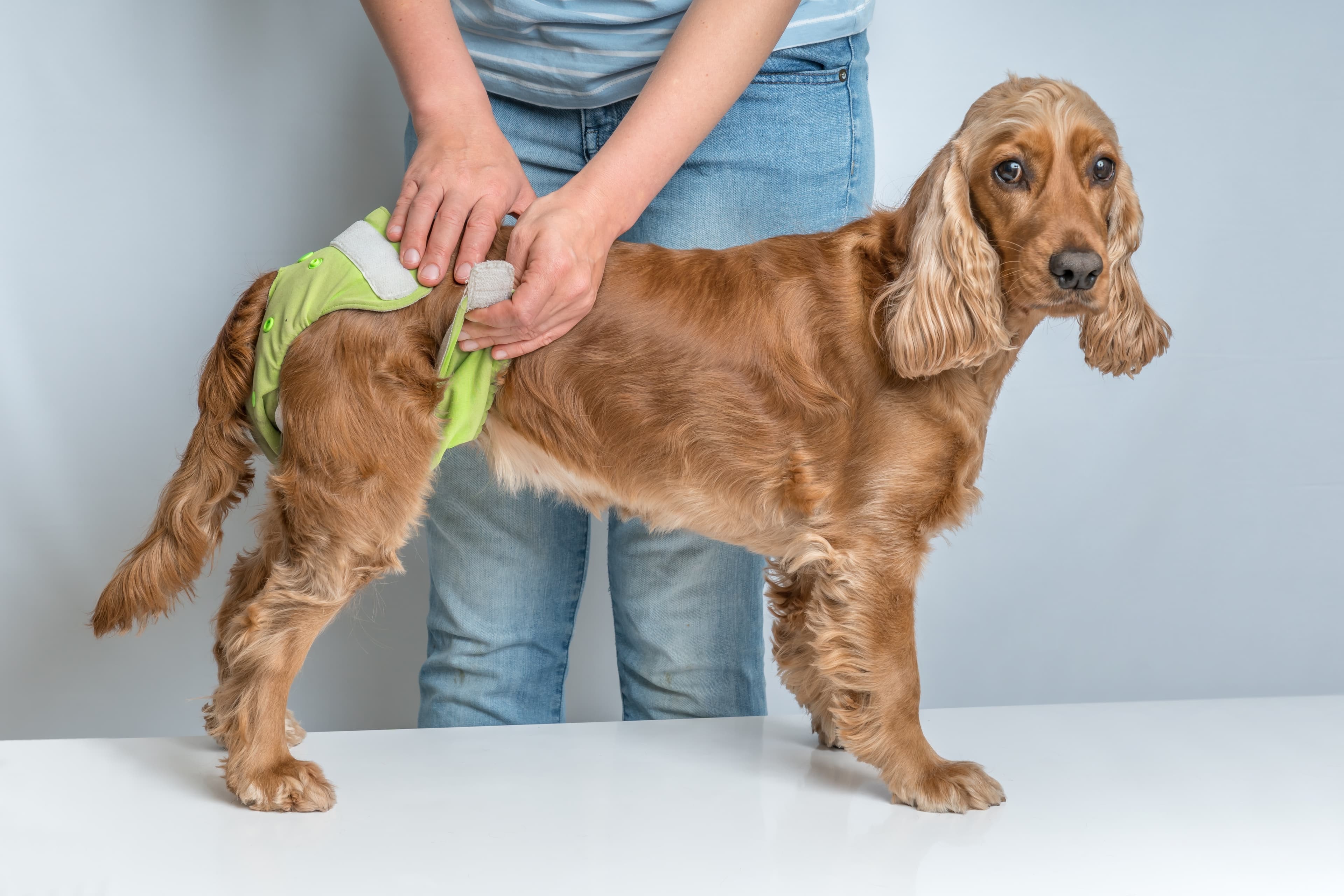How to avoid ticks transmitting disease to your dog
Finding a tick (or several) on your dog is never much fun. Not only is the tick itself very unpleasant to both look at and touch, but the knowledge that ticks can actually pose a lot of risks to the dog is something that worries many dog owners. Whether you have a dog that gets ticks frequently, or you have a dog that gets them more infrequently, ticks are something that everyone wants to avoid.
Are you worried about your dog getting sick from a tick bite? In this article, we'll go through everything you should know about ticks as a dog owner - what are the different diseases your dog can get? What is the risk of illness from a bite? What can you do as a dog owner to detect ticks? Follow along!
Ticks and the risk of disease from bites
There is no doubt that the tick belongs to the category of one of the most hated little animal in our nature. I'm sure many people would agree! The fact that ticks in particular are so highly rated is not only because they are very disgusting and unpleasant in themselves. It is also largely due to the fact that ticks often contribute to various diseases.
Especially among dog owners, ticks are an incredibly disliked animal, and precisely for the above reason - they often bite dogs and can thus contribute to various infections and diseases. The possibility of the dog being bitten by a tick and subsequently contracting a disease is something that most dog owners feel anxious about.
Not all ticks carry disease
However, no matter how disgusting and scary ticks can be, there is one thing that all dog owners should know about - the risk of your dog actually contracting a particular infection or disease is quite small.
That's not least because a large proportion of all nature's ticks are contagion-free. Because the fact is the majority of ticks don't carry any disease or infection at all. The risk of your dog being infected by a tick is also quite small as the dog does not actually need to be infected even though the tick is carrying the disease. The disease does not have to be transmitted to your dog.
Different diseases associated with tick bites
If, however, despite the small risk, your dog does become infected by a tick, there are a number of different diseases that your dog can contract. The most common are two infections called Borrelia and Anaplasma. Eczema and itching are also quite common.
These are relatively common in dogs that have received a tick bite. However, the tick must bite the dog and suck blood for more than 24 hours for these diseases to be transmitted. However, neither Lyme nor Anaplasma need cause the dog to exhibit or suffer from various symptoms.
However, as it can take between 1-2 weeks for the dog to show symptoms from both Borrelia and Anaplasma, it is a good idea to keep an eye out if you suspect infection. General symptoms that you should look for as warning signs if your dog has been bitten by a tick are fever, fatigue, stiffness and tenderness. If you find your dog is panting, eating poorly or showing signs of pain or lameness, these may also be symptoms.
If your dog appears to be suffering from eczema or itching, this could be a sign of a tick bite. This is because the ticks bite into your dog's skin and create small sores, especially if you pull the tick away and accidentally create a small opening.
However, eczema is not a sign that your dog has been infected by a tick. Nevertheless, the consequences of eczema are not very pleasant - the dog's skin is itchy and irritating, it can easily turn red, the dog may experience pain, and both skin and coat often become sticky.
Regular check-ups
Although the risk of your dog contracting a particular disease from a bite from a tick carrying a disease is quite small, it is always wise to take preventive action.
Regular check-ups are always a good idea. Especially if you often let your dog run free in the wild among bushes and thickets. It is absolutely best to check your dog after every walk.
Ticks can settle anywhere, but they often settle near the face, on the neck and in the dog's armpits. Make sure you check the whole dog, especially in areas where the dog can't reach to gnaw them off himself. Feel and comb thoroughly, preferably several times.






